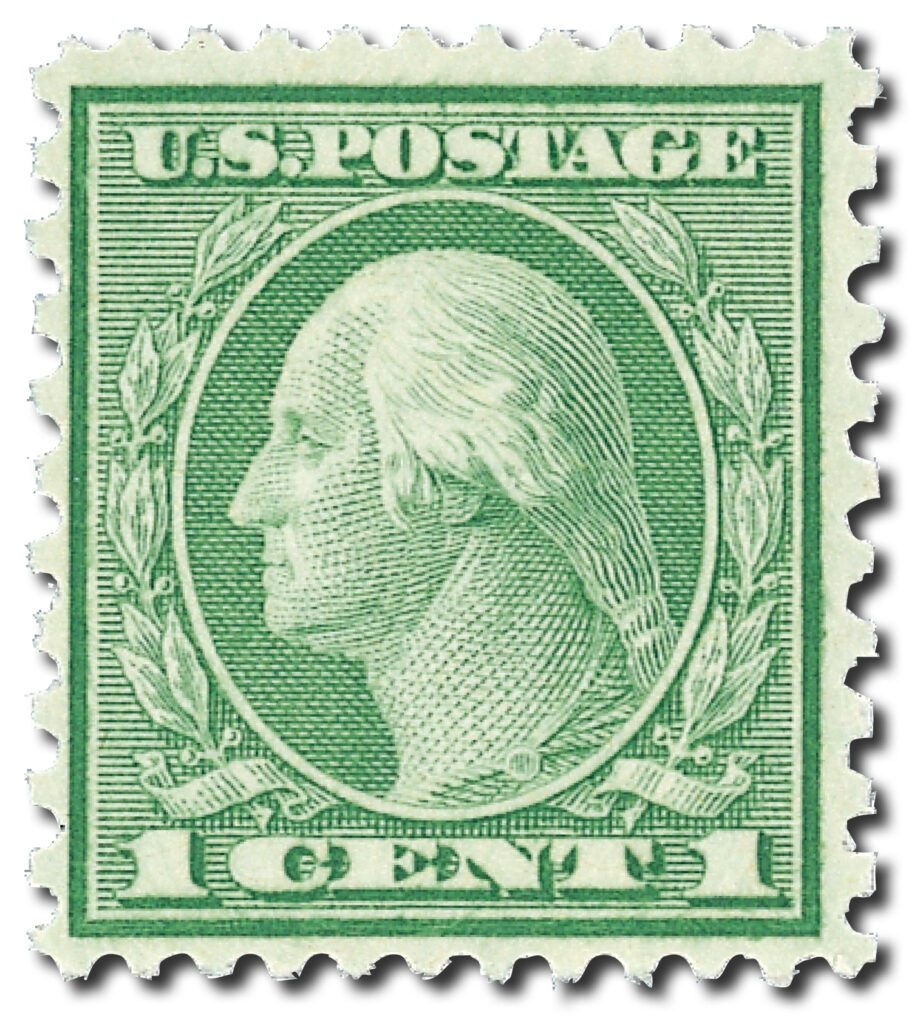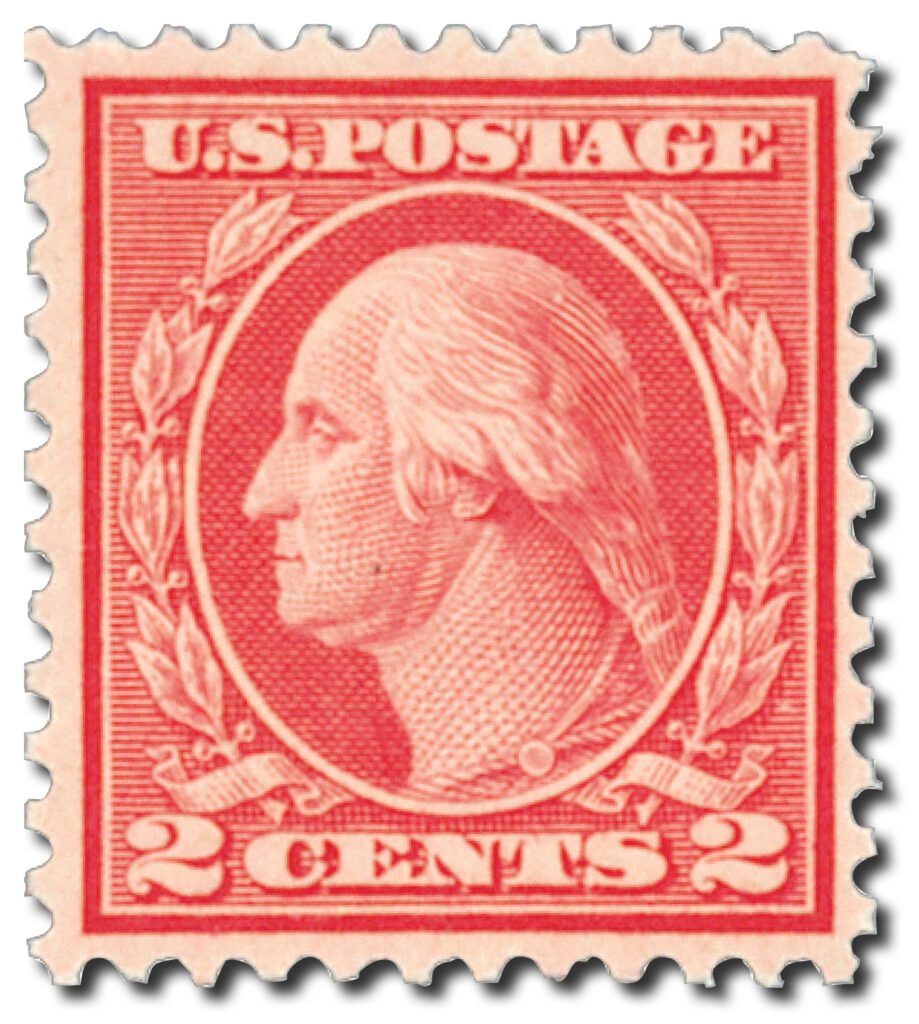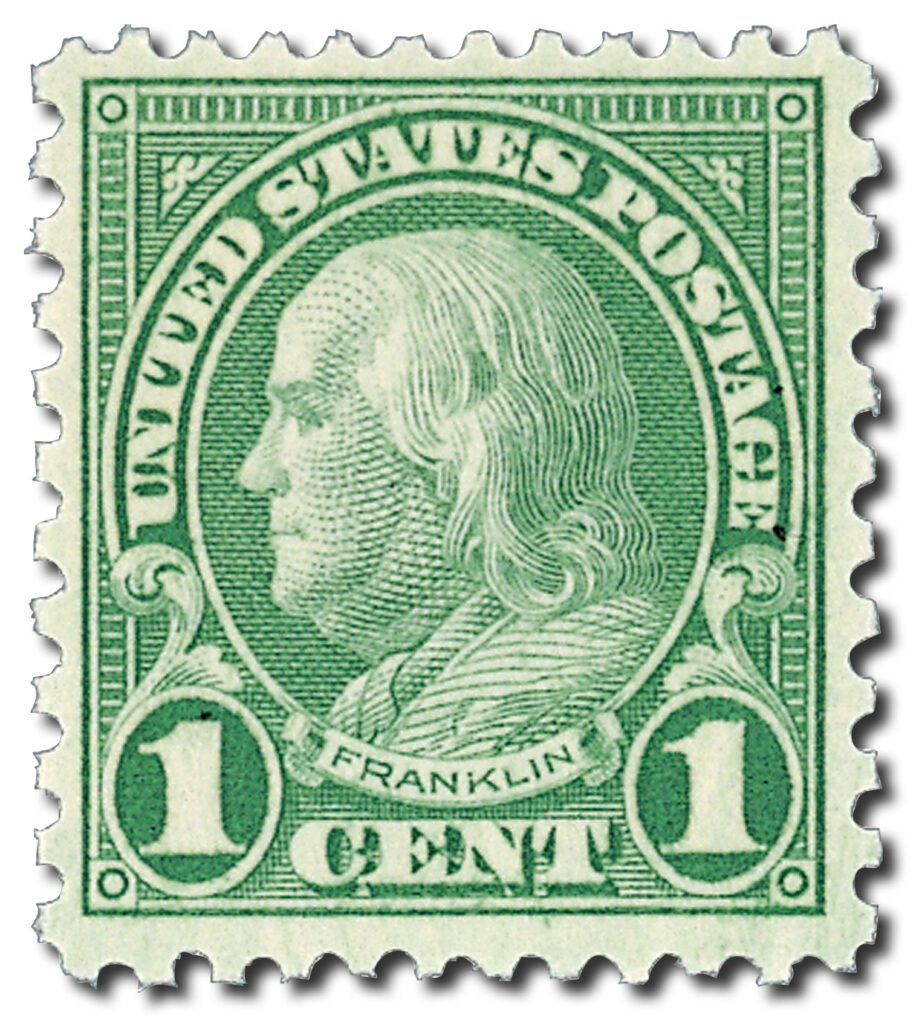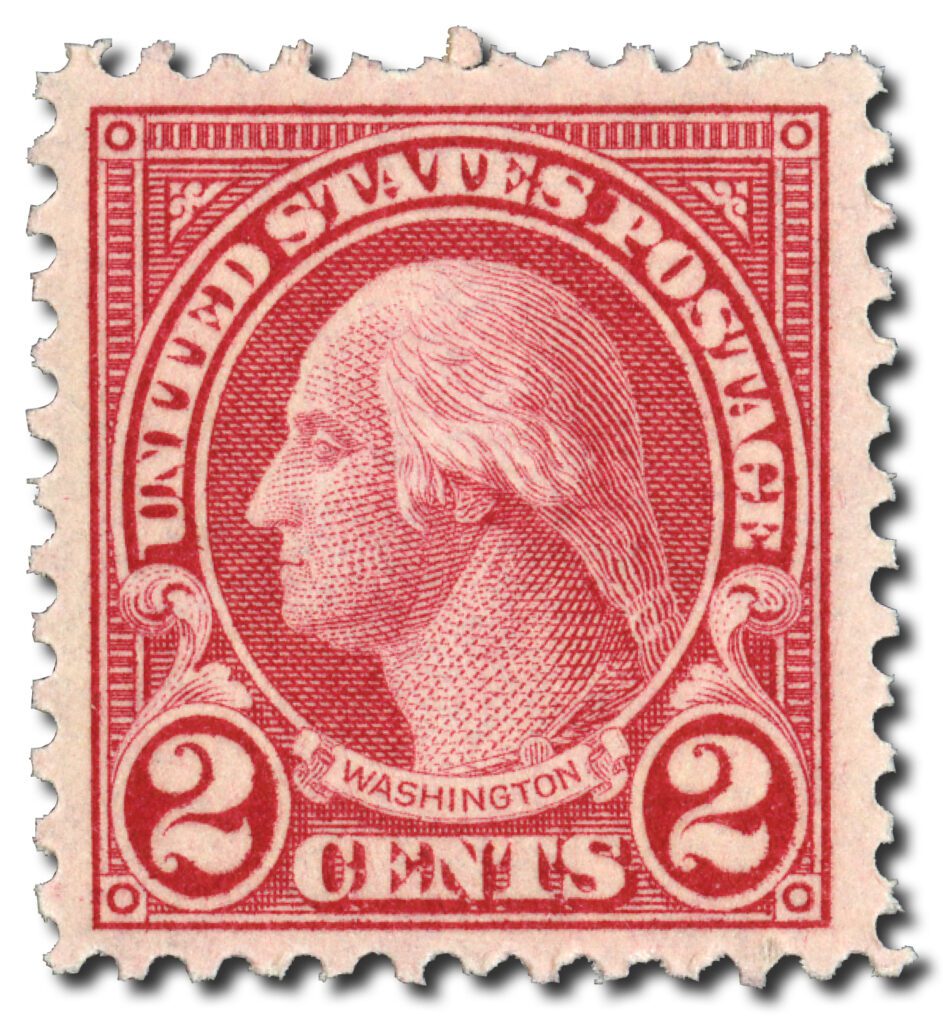Coil Waste Stamps
Coil waste stamps are a distinctive subset of US postage stamps that originated from the recycling of damaged or unusable printing stock intended for coil stamp production during the early 20th century. These stamps are produced when sections of printed coil sheets, often deemed defective or surplus, are repurposed into full perforated stamps, creating a unique category appreciated by collectors.
Origins and Production
During the rotary press printing of coil stamps, some portions of the print runs—particularly at the end of a coil or from defective sheets—were considered unsuitable for regular coil use. Instead of discarding these sections, the Bureau of Engraving and Printing (BEP) processed them through perforating machines to produce fully perforated sheet stamps, known as coil waste. This practice was driven by cost-saving measures and efficiency improvements, especially during wartime economies such as World War I.
The process involved taking short lengths of paper from the end of coil runs or defective sheets, which might have already been perforated or unperforated, and then applying perforations to make them suitable for postal use. These sections sometimes displayed slight design distortions due to the stretching of paper during rotary printing.
Identification and Features
Identifying coil waste stamps involves examining several key features:
- Perforation Patterns: They often have unusual perforation gauges differing from standard sheet issues.
- Size and Design: Slight variations in dimensions and design distortion are common because rotary printing slightly stretches the paper.
- Origin: They originate from short ends or defective sections of coil sheets, sometimes with perforations already applied or added later.
- Printing Method: Rotary printing distinguishes these from flat-plate printed sheet stamps, which tend to have more uniform dimensions.
Notable Examples
Some of the most recognized coil waste issues include:
- 1919-21 Washington-Franklin Series: Several issues, such as Scott #538-541 and #545-46, are identified as coil waste, produced from short lengths of coil sheets that were perforated and issued as regular stamps.
- 1923-1925 Definitives: Scott #578-579 and #594-595 were created from leftover coil sheet ends, perforated with gauges of 11 or 11×10.
Rarity and Collecting
Coil waste stamps are valued for their rarity, especially in high grades and well-centered examples. Their scarcity is due to limited production runs, the specific circumstances of their creation, and the fact that many were not widely circulated or recognized initially. Collectors prize them for their historical significance, as they reflect the postal service’s efforts to economize and repurpose printing materials.
In essence, coil waste stamps are a fascinating byproduct of early 20th-century postal production, representing a practical solution to manufacturing inefficiencies. Their identification hinges on perforation patterns, size, and origin from coil sheet ends or defective runs. Their rarity and historical context make them a compelling area of study and collection within philately.





